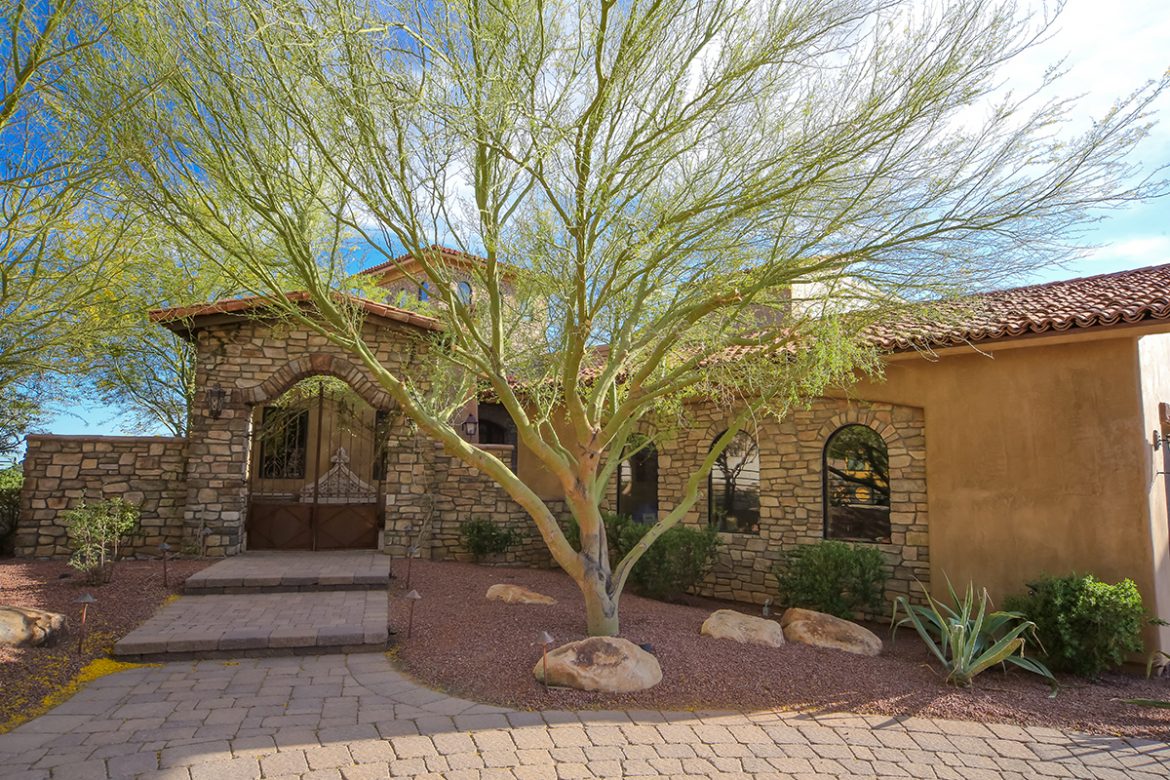A properly chosen tree can provide beauty, shade, wildlife habitats and screening of unwanted sights to your landscape. Now is the perfect time to plant trees in your yard so their root system can become established prior to our area’s hot summer temperatures.
Size does matter. Be sure you do your research prior to picking out the tree of your dreams. First, decide where you want to plant the tree. Second, decide what the maximum size this area will hold and what requirement you are going to need from this tree (shade, hardscape look, screening, etc.). Lastly, review the trees that are available, and then look at the maximum height and canopy size of the tree once it is mature to determine if it will accomplish what you want for the size of the area. In doing these three steps, you will avoid being disappointed and having to remove the tree years later. If this does end up being the case though, you should consider using tree removal Brisbane North or wherever the nearest service is to you. Utility lines, foundations, walls and property lines are items that could cause removal.
The best size to purchase for home transplanting is a five to fifteen gallon. Look for a healthy and well-balanced tree. Be choosey. If you don’t like it, don’t buy it. The tree should have a strong trunk and its roots should not be growing outside of the container. If so, there is good chance that the tree is strangulating itself and is root bound. Research shows that small branches up and down the trunk increases the strength of the trunk. These branches should remain on the trunk at least a year, and then they can be pruned off.
When digging the hole, it should not be any deeper than the container and three to five times as wide. Fill the hole with water and see how quick the drainage is so that you will know what proper watering technique will be required. Remove the tree from the container and score the sides and bottom surfaces to eliminate gurgling roots and encourage growth. Place the tree in the hole and ensure that it is at ground level to avoid crown rot. Back fill with the soil that was removed from the hole, and tap down as you go.
If there is a stake on the tree, now is the time to remove it. This stake is for transportation only and needs to be removed since it is too close to the trunk and will not allow movement of the tree. Movement is necessary for a strong trunk and root system. If staking is necessary, then two stakes need to be placed on either side of the tree outside the root zone and should not interfere with the trees branches. Ties should be placed where it will allow the tree to be centered upright. These stakes should be removed after one year.
Most of our native trees such as Mesquites, Palo Verdes, and Acacias are low water usage trees. They will require regular watering for the first year. Deep watering is recommended. The water needs to go down two feet to reach the roots and extend out beyond the tree’s canopy.After a year, the water can be backed off. It is important to allow trees to extend their root zone so they become strong to withstand our high winds and monsoons. It is devastating to lose a full grown tree to a wind storm due to shallow roots, especially if it takes a wall or structure with it.
The Master Gardeners have a complete listing of trees for our area, along with all the dimensions on them, so you can pick the right one for the right spot in your landscape. Trees add so much to a home’s comfort and attractiveness — now is the ideal time to plant!
Dottie Holman is a Lake Havasu Master Gardener Emeritus. For details, call the Lake Havasu Master Gardeners hotline at 928-753-3788, email [email protected], or see them the first Tuesday of the month from 11am -1pm at the Mohave County Library.


